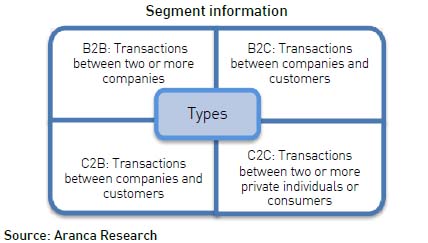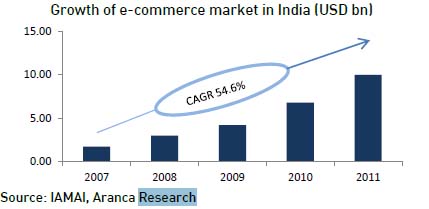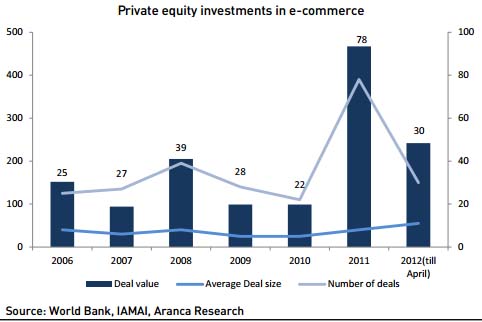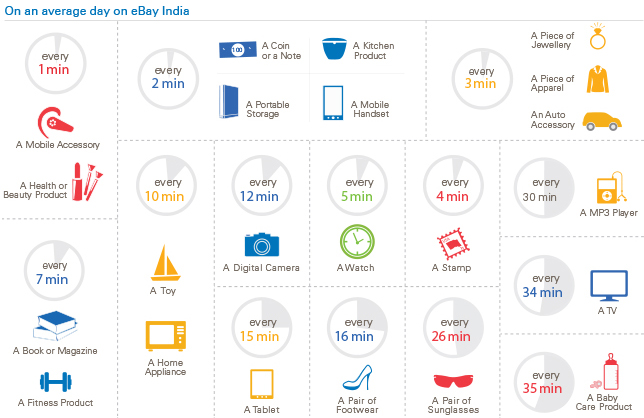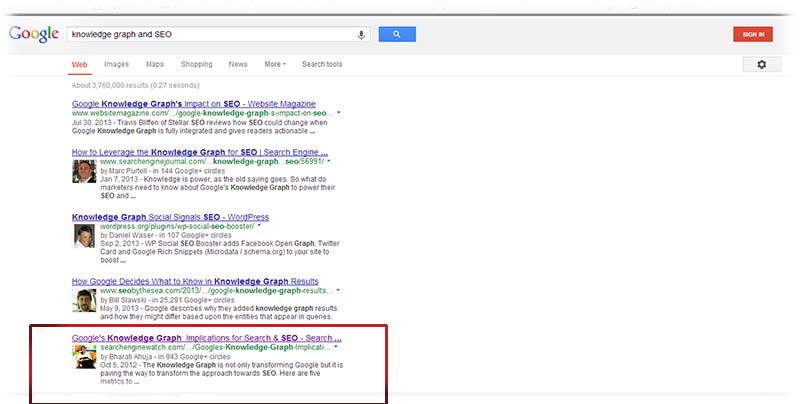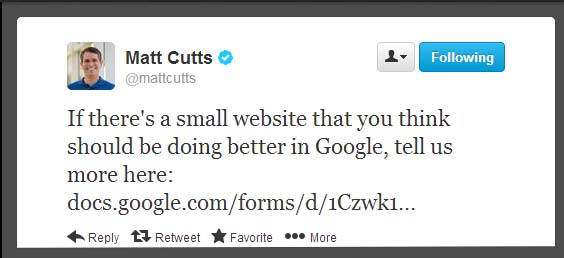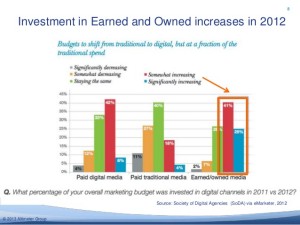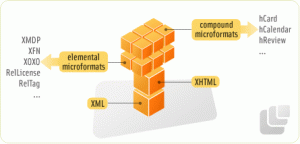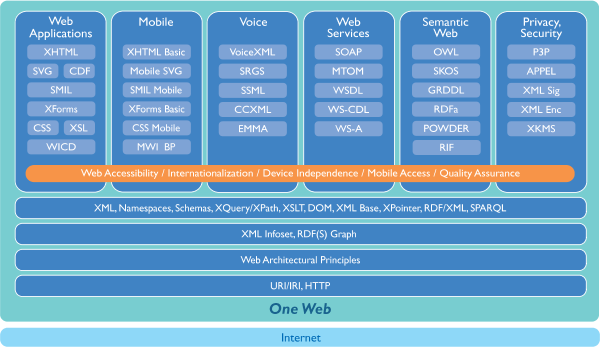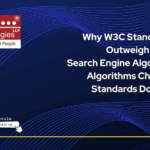SMX East 2013 was held soon after Google’s 15th birthday where Google had made 2 big announcements:
- 1. Secure Searching Being Made Default For Everyone
- 2. “Hummingbird” search algorithm is live and especially designed to handle complex queries.
These announcements have created quite a stir in the search marketing world and at SMX the discussions for organic search revolved around the following major topics:
- 1. Not Provided Keyword data
- 2. Hummingbird Algorithm
- 3. Mobile is the future
- 4. Where is SEO going in 2014
Major Takeaways From SMX East 2013 Related To Organic Search
About Not Provided Keyword Data:
- 100% “Not Provided” keyword data in GA will soon be a reality.
- Accept it, get used to it and move beyond keyword data for search analysis.
- Focus on the “Search Queries” data provided by Google Webmaster Tools.
- Google is working on getting better and Google’s take on “Not Provided” is that we only want to respect the privacy of the user and protect the user.
- But as Greg Boser rightly pointed ...” what blows me off is that retargeting is considered cool but organic search data is not.” as advertisers continue to get the keyword data.
About Going Mobile
- Mobile is the next big thing. Hence, go mobile.
- By end of 2013 there'll be more mobile devices than people.
- The conversion rate of smartphone vs. desktop is .3x vs. 1x. The challenge for marketers, then, is understanding how conversions work.
- Have a direct connect with your audience across all devices. Do responsive design and also offer an App.
About Structured Data , Entity Search And Authorship Markup
- Entity search is about understanding the meaning of the search query and goes beyond just mapping word to word for giving search results.
- Search is heading to authorship and semantics.
- HTML was made to determine how a page looks and not for what it means.
- The semantic web has a Data Tier, Logic Tier and the Display Tier.
- Implement Twitter Cards and Open Graph on websites.
- Authorship Markup is one of the main pillars of the semantic search era.
- 90% of the data on the web has been created in the last 2 years.
- Authorship Markup connects the web searchers with the author.
- Authorship should be used on pages which have articles and insights about a certain topic .
- If you have multiple authors listed for an article only one author pic. Will be displayed in SERPs as Google’s search UI currently does not support multiple authorship.
- Authorship needs to be verified via an email on the domain or by linking to the Google+ profile of the author.
- Under the contributor links of Google+ link to sites and blogs not to individual pages.
- Author byline is another important authorship indicator.
- Regarding the distinction for the author and publisher rel=author is for the person and rel=publisher is for the organization.
- Have rel=author, rel=publisher and organization markup should implemented on the relevant pages.
- Danny Sullivan’s take on Hummingbird(the latest algorithmic update).. Hummingbird is all about tying together entities and bringing entity search to the next level. It isn’t a “we don’t use links anymore” algorithm, it’s more of a “we’re still looking at all these signals, but we’re also looking at more streamlined, refined signals” .
- Stop worrying about how search algorithms are changing and focus attention on how user behaviour is changing. Searchers are getting smart and kids are way over facebook.
- Search engines need to understand and decode what gestures and conversational queries actually mean.
- According to Duane Forrester of Bing the future search is like ... Someone has an iPad, they look at a picture of the Empire State Building, they tap the picture – the speak and ask “what can I drink there?”
- Search engines need to make connections, understand gestures, context and demand and Entity Search is headed in that direction. So, its not about Bing v/s Google or Google v/s Bing. Often both engines have to be solving for the same problems, so whatever path they follow the destination is the same... “ To meet the demand of the user”.
- According to Greg Boser, building quality content for your audience and multiplying that audience by good social strategy is the key. If you have an audience then you have links too. Audience is everything. Leverage mobile , do responsive design and also offer an App. This connects you directly to your audience. In order to survive its not only about the white box (Google). According to Danny Sullivan a Search Marketer is a person who keeps working on trying to understand how the information is being searched.
SEO in 2014 is very much here to stay and by no means is SEO dead but it is all about Content, Context, Connections and Correlation Search marketers need to move away from keywords, rankings and links. If you mange SEO in-house then Distribute SEO tasks , create an SEO education plan and expand SEO beyond the SEO team as Social media is not 100% of one person's job but its 1% of everyones job.
Previous Articles written by Bharati Ahuja on the above topics:

